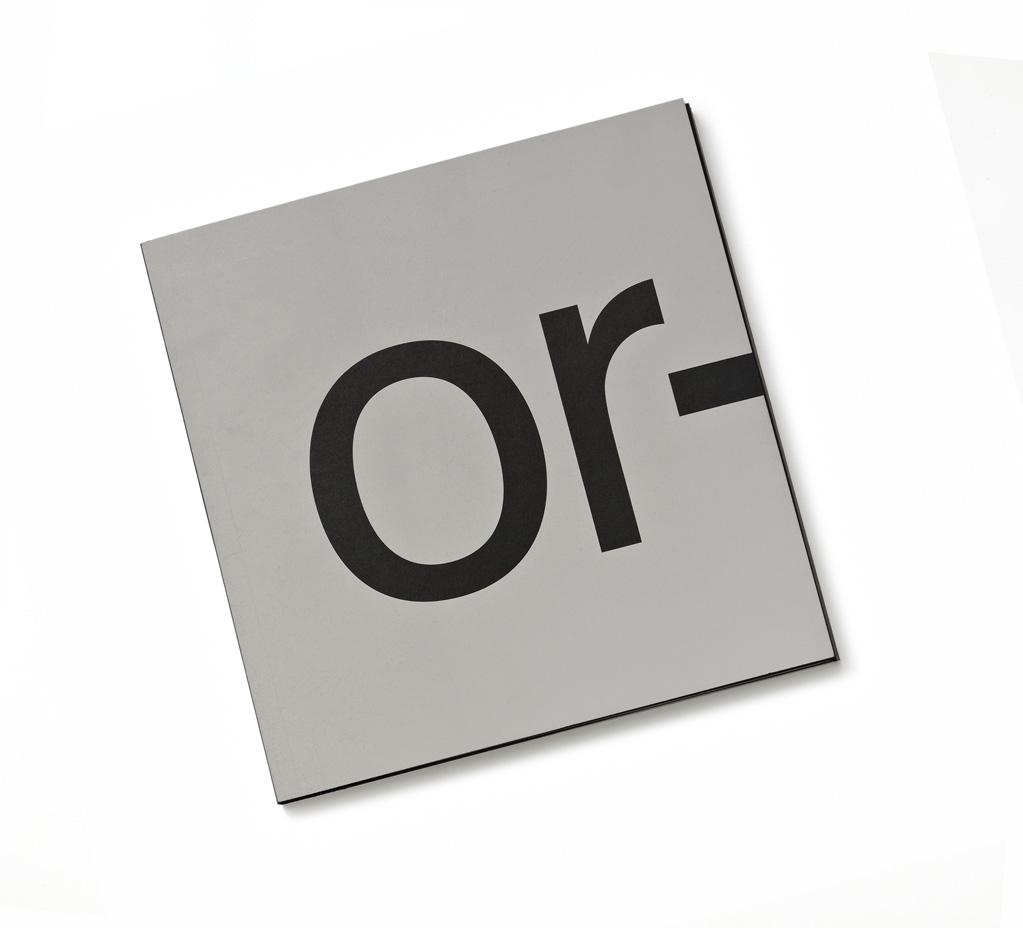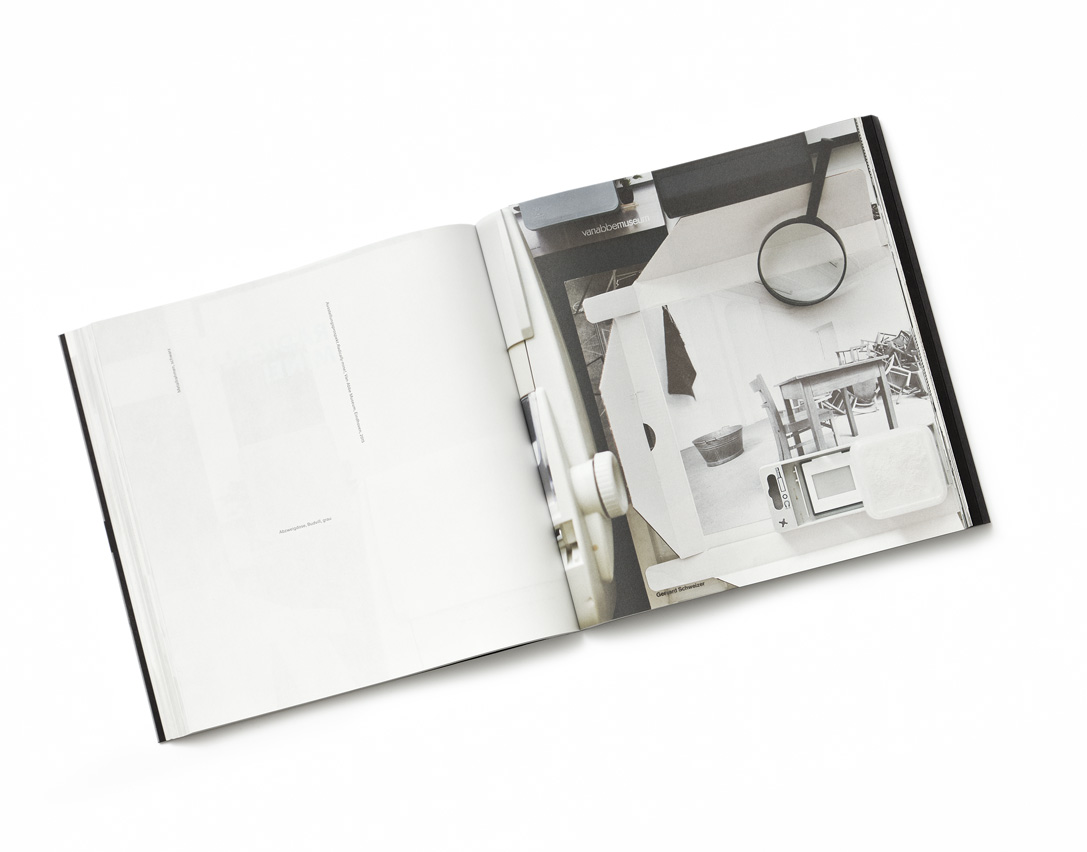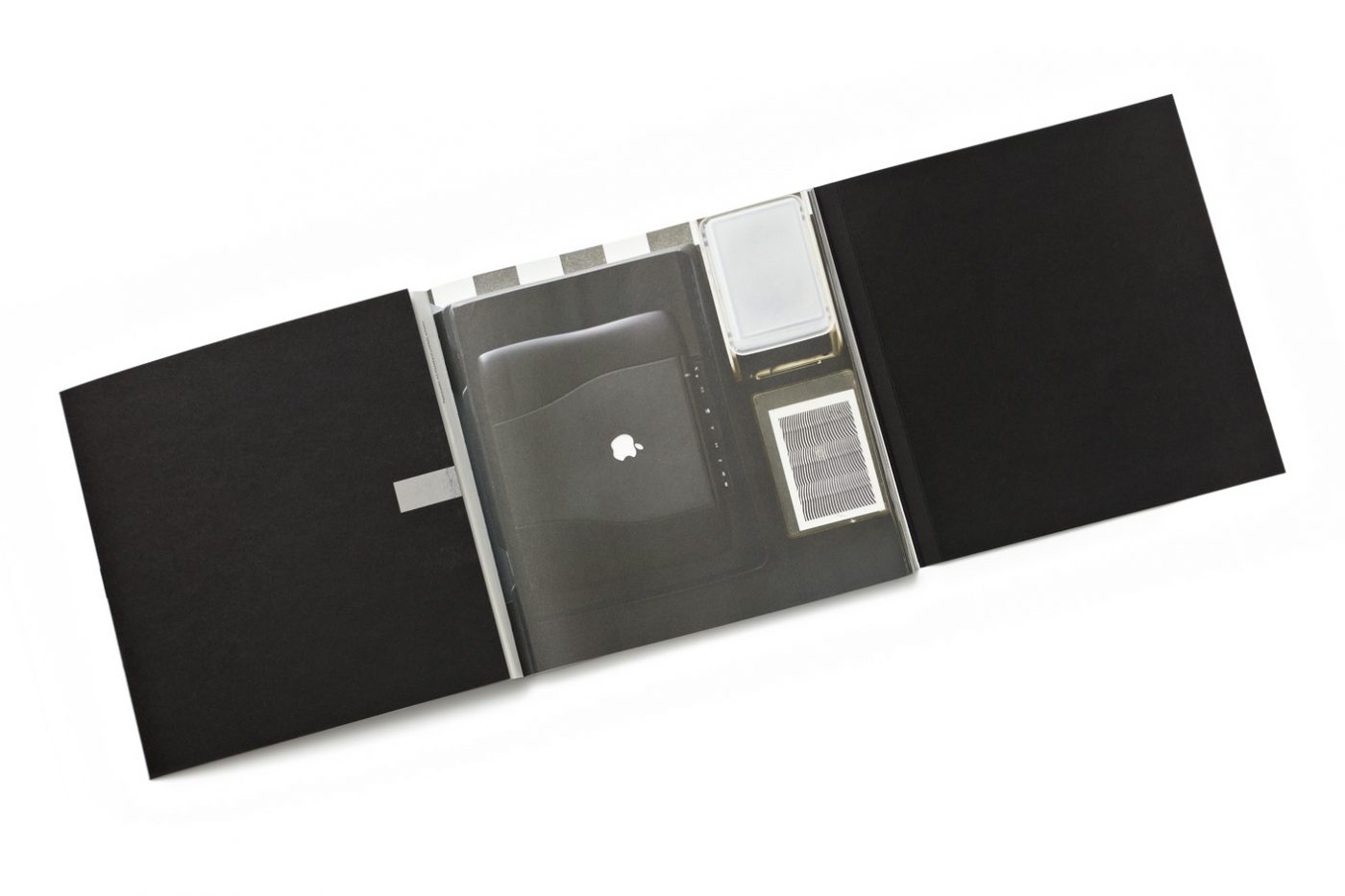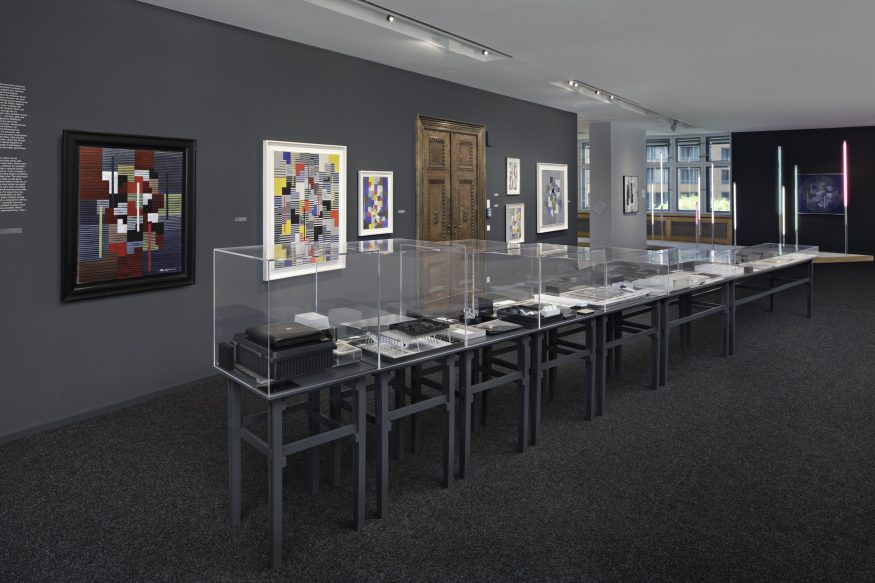Hartmut Böhm, who was born in Kassel in 1938, has been creating artworks at the interfaces between Concrete Art, Minimal Art and Conceptual Art for five decades now. Many of his sculptures and objects are characterized by the terms ‘seriality’, ‘relief’ and ‘progression’. These are sculptural-aesthetic concepts whose differentiated scale systems oppose the disorder of the world, confronting it with an ethos in which the will is directed towards the disciplined finding of form, in a manner that is both intellectual and in harmony with the working materials.
Hartmut Böhm first conceived the idea for his new group of artworks – the table piece group – in 2013. These are arrangements of found objects from the studio – drawing apparatus, working materials, working tools, adhesive tape rolls, index card boxes, invitation cards, and brochures – on simple tables, arrangements in which the individual object becomes part of a formally developed vocabulary, a visually composed Arrangement.
The artwork commissioned by the Mercedes-Benz Art Collection, or-or, 2016, is a continuation of this series, and can be seen as a visual essay on the subject of his artistic oeuvre. The publication documents this seven-meter-long display, which passes through the vocabulary of Hartmut Böhm’s intellectual landscape. This artwork, which contains a wide range of material from the realms of typographical objects, of artists’ materials, and of selected objects from the studio, can be read in a number of different ways. From the specific proportions of the work or-or and the underlying progression to infinity, the photographer Florian Böhm has developed a conceptual and visual approach for its documentation in the book. The artist himself has offered the following terms for the consideration of anyone attempting to read the piece: matrix and metaphor, emptiness and volume, overlayering and penetration, system and syntax, form and structure.
With texts by Nadine Brüggebors, Christian Ganzenberg, Renate Wiehager



